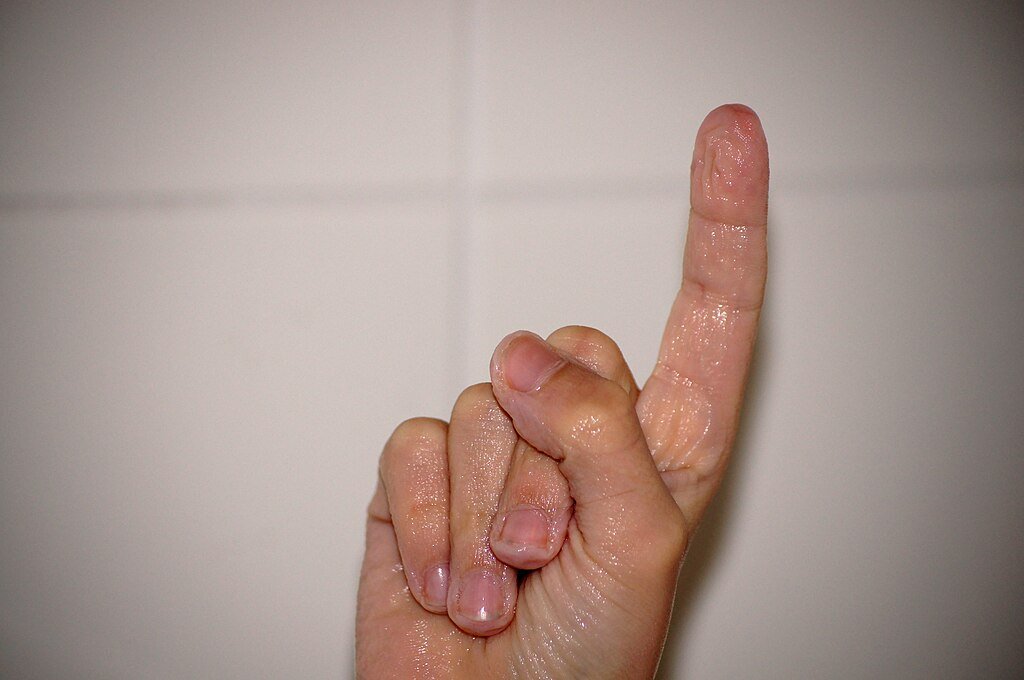Optical Microscope
The optical microscope is an optical instrument equipped with a lens and an eyepiece that allows to magnify the image of a small-sized object (which characterizes its magnification) and to separate the details of this image (and its resolving power) so that it can be observed by the human eye. It is used in biology, to observe cells, tissues, in petrography to recognize rocks, in metallurgy and metallography to examine the structure of a metal or an alloy.
It should not be confused with the binocular loupe which does not require thin flat or reflective samples, and allows natural parts to be observed without preparation by magnifying the image by a low factor, but keeping stereoscopic vision conducive to macroscopic examination revealing grains, cracks, cracks, etc.
Technical
The optical microscope uses light. It has two lenses:
- the lens, to magnify the object you wish to observe (there are several magnifications);
- the eyepiece so that the rays arrive at the eye parallel, allowing the eye to rest.
Additional instruments make it possible to adjust the quantity of light (the diaphragm) or the focus (wheels linked to a rack system) to refine the observation of the sample placed on the sample holder stage.
The resolution of optical microscopes cannot be greater than 0.2 micrometer, this resolution being limited by the diffraction of light. Techniques make it possible to approach this limit: the use of an immersion objective (in oil), or by decreasing the wavelength of light (however limited to the visible).

Parts of an optical microscope: 1. ocular lens, 2. revolver, 3. objective lens, 4. macro focus control (coarse), 5. micro focus regulator (fine), 6. object/sample/preparation layout board viewed , 7. light source (for conventional microscopes still use a mirror to reflect sunlight), 8. light condenser, 9. sample clamp. GcG(jawp), Public domain, via Wikimedia Commons
Instructions for using the optical microscope
The optical microscope makes it possible to observe, through a thin blade, the elements which form a living organism or a rock.
a. Materials
For a microscopy session, the necessary equipment consists of: a microscope, thin slides, clean cloths to wipe the slides, objectives and eyepiece.
b. Using the microscope
Preparation
– place the microscope close to the edge of the table or the bench, in order to be able to observe easily;
– fully raise the optical tube in order to keep the lenses as far away as possible from the plate;
– switch on and adjust the light to obtain a homogeneous light through the eyepiece;
– turn the lens turret and adjust the weakest of the lenses in the axis of the optical tube (x4 in general);
– place the microscopic preparation (thin section) in the center of the stage, fixing it with the help of the jacks.
First adjustments
– bring the objective closer to the specimen (without touching it) using the macrometric button, without looking through the eyepiece;
– look through the eyepiece and turn the macrometric knob until an image is obtained;
– then adjust the sharpness using the micrometric knob;
– refine the lighting by opening or closing the diaphragm.
Observation
– explore the entire preparation and choose a favorable area for observation;
– center the chosen zone in the field of observation;
– when the magnification proves to be insufficient, switch to a stronger objective (generally x 10, or even x 40). Then gently turn the objective turret;
Be careful, the end of the objective is very close to the preparation and risks breaking the thin section in the event of violent handling;
– finely adjust the sharpness of the image with the micrometric knob;
– observe and draw!
At the end of the session
– switch off the lighting at the end of the session;
– replace the weakest objective and remove the microscope slide;
– put the microscope back in its case at the end of the session.

Magny compound microscope. Material author: Philippe Caffieri, Alexis Magny. Date of manufacture: 1750-1760. Allowing the observation of the infinitely small, the microscope contributed to the scientific revolution of the 16th century. This very beautiful instrument, of remarkable craftsmanship, belonged to Michel Ferdinand d’Albert d’Ailly, Duke of Chaulnes. Physicist and member of the Royal Academy of Sciences, the Duke of Chaulnes made two major additions to the instrument, making observation more precise: a pointed micrometer and a micrometric displacement object holder. This microscope was ordered around 1751 from the optician Alexis Magny and the bronze artist Philippe Caffieri. The optical part was modified in the 19th century by Charles Chevalier. We can estimate that the magnification was originally around 150 to 250. Lionel Dufaux, responsible for the Energy and Transport collections. In: Dufaux, Lionel (dir.), The Museum of Arts and Crafts. Guide to the collections, Paris, Museum of Arts and Crafts – Cnam, 2013. Rama, CC BY-SA 3.0 FR, via Wikimedia Commons
History
It is difficult to say who invented the compound microscope. It is often said that Dutch optician Hans Janssen and his son Zacharias Janssen made the first microscope in 1590, but this stems from a statement by Zacharias Janssen himself in the mid-17th century. The announced date is quite unlikely given that it has been shown that Zacharias Janssen was born around 1590.
Another favorite as inventor of the microscope is Galileo. He developed an occhiolino, a microscope consisting of a convex and a concave lens in 1609.
A drawing by Francesco Stelluti
A drawing by Francesco Stelluti of three bees appears on the seal of Pope Urban VIII (1623-1644) and is believed to be the first published microscopy image. Christian Huygens, another Dutchman, developed a simple two-lens eyepiece corrected for chromatic aberrations at the end of the 17th century, which was a great step forward in the development of the microscope. Huygens’ eyepiece is still made today, but suffers from a fairly small field and other minor issues.
Antoni van Leeuwenhoek (1632-1723) is generally credited with bringing the uses of the microscope
Antoni van Leeuwenhoek (1632-1723) is generally credited with bringing the uses of the microscope to the attention of biologists, although ordinary magnifying glasses were already being made and used in the 16th century. Van Leeuwenhoek’s homemade microscopes were simple, small instruments comprising a single but strong lens. In comparison, multi-lens systems remained difficult to develop, and it took no less than 150 years of optical development before the compound microscope could deliver image quality equivalent to that of simple Van Leeuwenhoek microscopes. Nevertheless, and despite numerous claims, Van Leeunwenhoek cannot be considered the inventor of the compound microscope.

Replica of a microscope made by Antonie van Leeuwenhoek (1676). Jeroen Rouwkema, CC BY-SA 3.0, via Wikimedia Commons
Sources: PinterPandai, Science Direct, News-Medical, McGill University
Photo credit (main picture): kkolosov via Pixabay
Optical Illusion It Changes The Way You See Reality | Explanations and Photo Examples



